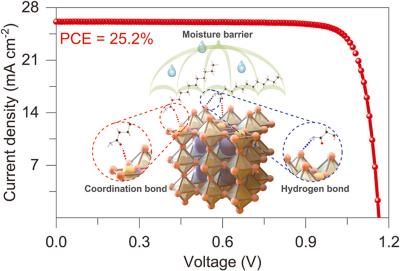Microquanta announces 1 MW perovskite solar rooftop demonstration project at Qinghai University
Microquanta has announced that a 1 MW solar rooftop demonstration project at Qinghai University has been successfully grid connected. The project makes use of Microquanta’s perovskite modules and is one the first megawatt-scale perovskite rooftop distributed PV projects in Qinghai Province. The electricity generated by this rooftop plant will be utilized by the campus.
This project is said to be one of the largest perovskite power plants globally. It is equipped with a smart monitoring platform, which provides real-time visualization of the plant’s power generation, electricity transactions, and equipment performance. Over its 25-year lifecycle, the project is expected to generate a total of 20,327,745.20 kWh, with an average annual output of 813,109.81 kWh.





